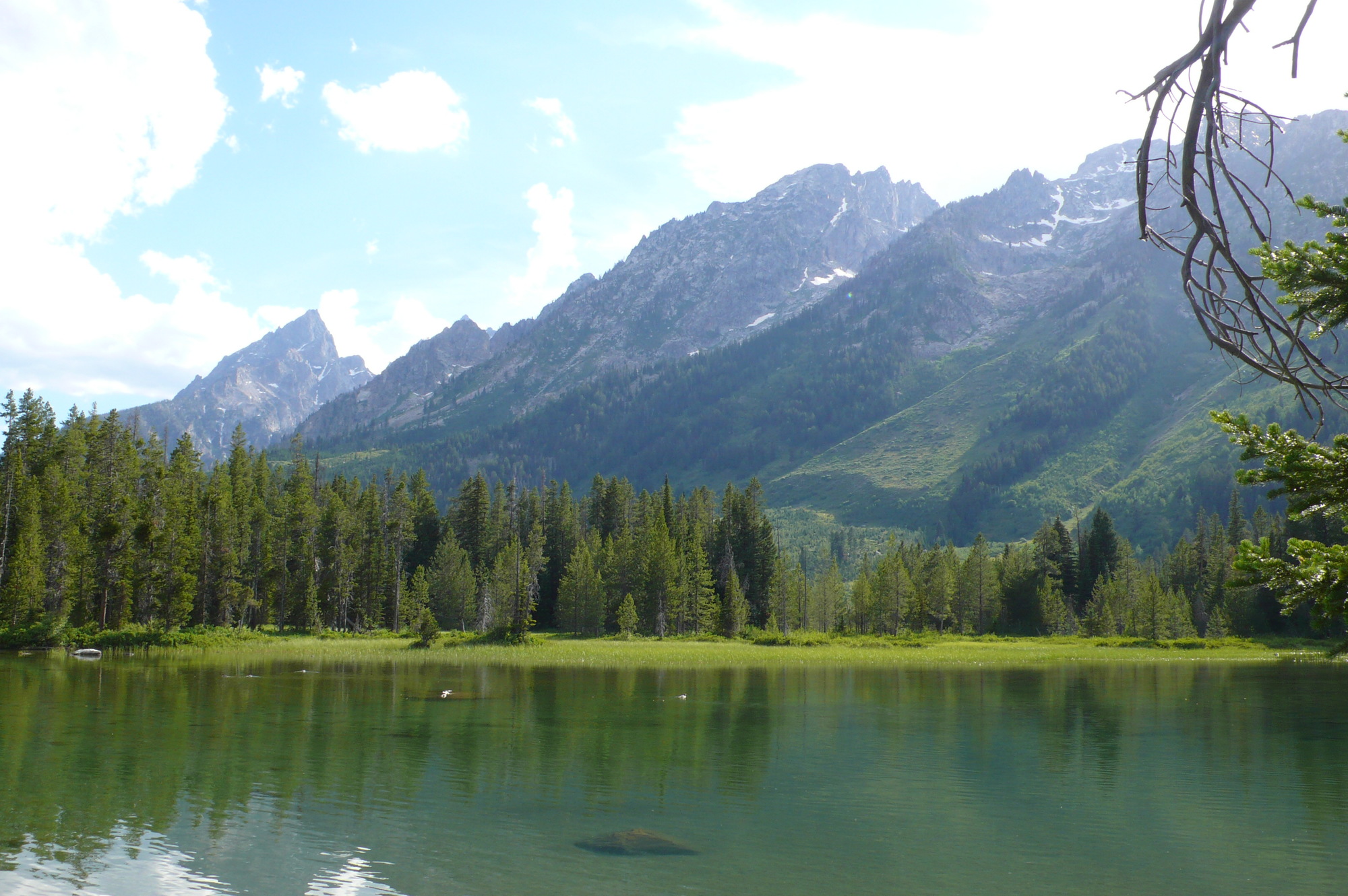NEWS RELEASE: Wyoming Geological Survey Publishes Teton Fault Map
Wyoming State Geological Survey sent this bulletin at 04/03/2019 11:34 AM MDT
April 3, 2019
******FOR IMMEDIATE RELEASE******
Media Contact:
Christina George
(307) 766-2286 x231
christina.george@wyo.gov
Teton Fault Map now Available
The Wyoming State Geological Survey (WSGS) published a new map depicting the Teton fault, a potential source of large earthquakes. It is the most detailed mapping ever completed across the length of the fault, which spans the eastern base of the Teton Range in northwestern Wyoming.
“The map, and associated paleoseismic work, has significantly increased our understanding of the Teton fault and potential hazards,” says WSGS director and Wyoming State Geologist, Dr. Erin Campbell.
The Teton fault map was produced through a collaborative effort involving state, federal, academic, and consulting geologists. Map authors are Mark S. Zellman (BGC Engineering Inc.), Christopher B. DuRoss (U.S. Geological Survey), and Glenn D. Thackray (Idaho State University).
Zellman, lead author, says the Teton fault is significant because it is one of the fastest moving faults in the interior western United States. The fault has offset young Quaternary glacial deposits, revealing its movement in the recent geologic past and potential for modern seismic activity.
“Although the fault has not moved for thousands of years, prominent scarps and evidence from young faulting observed in trenches show the fault has moved during multiple large earthquakes since glacial retreat about 14–15 thousand years ago,” Zellman says.
Map authors used high-resolution remote sensing data called light detection and ranging (LiDAR) to create a detailed image of the ground surface and map the fault. For this map, LiDAR showed fault locations in greater detail than previous maps, which lacked LiDAR data and were limited by dense vegetation and rugged terrain.
“The new fault map represents a state-of-the-art understanding of the Teton fault’s length and location,” says Zellman.
Campbell says the Teton fault played a key role in the growth of one of Wyoming’s most famous geologic features, the jagged Teton Range.
“This fault accommodated more than 30,000 feet of uplift, documented by measuring the change in elevation from the Cambrian-age sandstone at the top of Mount Moran to the depth of that same rock in the subsurface of Jackson Hole,” Campbell explains.
Although a handful of faults in the basin and range move at higher rates, the Teton fault is unique because it is located almost entirely within the U.S. National Park Service and U.S. Forest Service land, and is at the base of a dramatic mountain range front. Its location is marked with prominent scarps that are visible from Wilson, Wyoming, to north of Jackson Lake.
“What stands out to me when I look at this map is the scale and variety of geomorphic and geologic processes involved with the formation and modification of the landscape,” Zellman says. “Volcanic, glacial, and tectonic processes have all had a major role in shaping this landscape, but so have processes like landslides, debris flows following fires, rockfall, and flooding and scour along the rivers.”
The map is available as a free download on the WSGS publication website and for purchase as a printed version.

Caption: Looking southwest toward the scarps at String Lake. (Photo credit: Mark S. Zellman)

